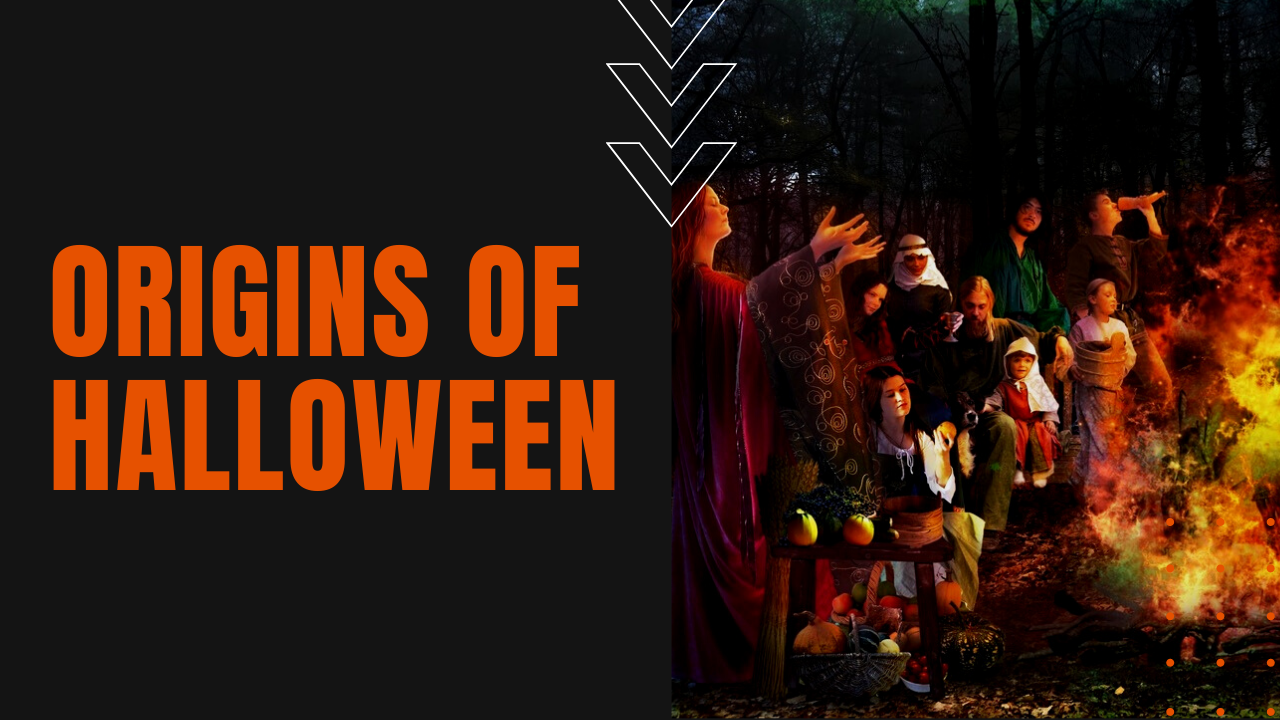Origins of Halloween

Halloween today is more popular than it’s ever been—a time of year when people act and dress in ways they’d never imagine on any other day of the year.
But instead of Darth Vader masks and Spidey suits, the pagan tradition of Halloween goes back 3,000 years to the Celtic tribes of Ireland, when people peered into the world of dark spirits on this most magical of nights.
Centuries before Christ, tribes of Celtic people flourished throughout Ireland, the British Isles and France. Their sustenance came largely from agricultural husbandry, which made the coming of winter the scariest time of their collective lives.
Once their crops were harvested, there was a communal sense that this was all they had to carry them through the barren days of winter, giving the Celts a commonly-felt swallow of trepidation.
Pagan Origins of Halloween
In the pagan tradition, as winter approached, the Celts asked their priests, known as Druids, to pray for them, and the most important prayers fell on the last day of the harvest known as Samhain, which kicked off a three-day observance of Allhallowtide to remember the saints or hallows, as they were known, and all the faithful who had departed this earth.
Beginning on All Hallows’ Eve, it was on this night, now called Halloween, that the Celts believed that the world between the living and dead was unusually thin or close together, so thin that the souls of the dead and the souls of the living could roam freely between each other in a spiritual epiphany of everlasting life.
On Samhain night only, the Celts believed that those who had died in the past year walked the earth once more, but not every visiting ghost was deemed friendly, so the Celts devised ways to appease these less civilized spirits, amassing at the edges of their villages with rituals and offerings, attempting to lure evil spirits away from their homes.
Origins of Trick-or-Treating
They would leave food and sweets outside as gifts for the dead, a tradition that would eventually become trick-or-treating. A world away in ancient Rome, a similar tradition formed, known as Pamona, in celebration of the goddess of gardens and fruits. Known in Latin America as The Day of the Dead or Día de Muertos, the Celts early Samhain tradition has morphed into Halloween, when modern-day celebrants dress up and perform mischief and pranks, largely unaware of the night’s pagan roots and significance in pre-Christian human history.
Like a snow day from school, Halloween allows young and grown alike to shed their inhibitions and let their imaginations run wild, leaving fear and reality at the door, for a night of unabashed child-like mischief and play.
